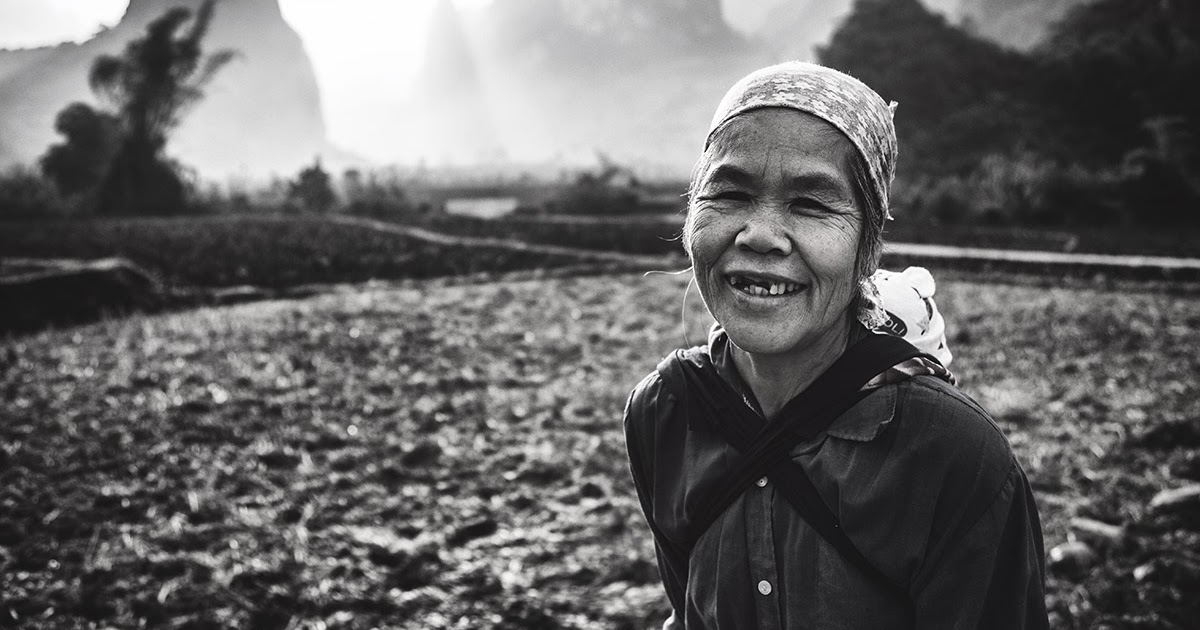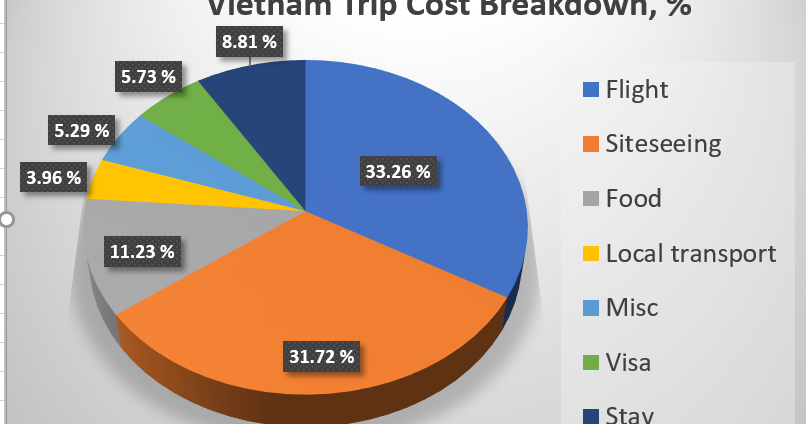
Vietnam Forum Websites
Vietnam Fruits Blog Vietnam Travel Pictures Video Discover Vietnam Vietnam Music Vietnam Film Sunday, July 17, 2016. To check out how far (or how little) these have come check out this older blog post: Vietnam in 28mm Australia Royal Australian Rifle Platoon Royal Autralian Rifle Platoon All of the figures in this platoon are from The Assault Group. There may or may not be a few more guys in the picture that I imagine would actually be in a platoon.
Officially Opened on Veterans' Day, November 11, 1994
Memorial Day Remembered Memorial Day Poems and Tributes
Improved Lost and Found Search Engine up and running. Use it to search over 60,000 listings for Vietnam Vets. Thanks to Tim Schuett at SwRI!
Please notify bill mcbride at the email address below if you experience any problems accessing the sections on this site or if you have feedback you'd like to pass along.
Use this automatic mailing form or send email to Bill McBride at:'bill@vietvet.org'
Taps:
Nha Trang Vietnam Blogspot
View the latest Updates and additions as of 24 May 2020
in 'PX' Section
The Marquee
Time-sensitive Information and Special Events
Purpose:
To honor Vietnam Veterans, living and dead, who served their country on either side of the conflict.
Mission:
To provide an interactive, on-line forum for Vietnam Veterans and their families and friends to exchange information, stories, poems, songs, art, pictures, and experiences in any publishable form.
How This Home Page Started
Plus: Tributes to Lewis B. Puller Jr. and a Link about the Vietnamese Memorial Association (VMA).

A Visit to Vietnam
Stories, Pictures, Maps, a 'Q&A' VN101 Forum, Bibliographies of Books About Vietnam, Art,Links, and More.
Remembrance
Stories, Poems, and Pictures; 'Vietnam Veterans Memorials;' Search Aids for The Wall in D.C. and by State; A Glossary of Terms; and More.
Veterans Organizations and Support Groups
Plus: The 'Lost & Found' Search Aid, the 'Information and Search Aids' Index, a 'Reunions' Gallery, a 'Q&A' PTSD 101 Forum, 'VetLinks,' and Our Allied Galleries.
The Post Exchange
Books on the 'Bookshelf;' the 'News Stand;' Military Items For Sale; 'Services and SearchAids;' 'Tours to Vietnam;' Tapes, CDs, and Videos; 'Art Prints;' and More.
The motivation in creating and publishing this WWW Page is to provide a dynamic, multimedia-based 'chronology' of the Vietnam Warand its aftermath as seen through the eyes of Veterans, their families, and their friends.
Within this context, the term 'Veteran' refers not only to the war fighters of either side but also to the men and women who served the war effort in Vietnam in myriad other capacities.
The contributions to this Home Page span the period beginning with the early war years and continue through present-day Vietnam. The building of this Page is an ongoing, distributed, collaborative enterprise supported by Vietnam War Veterans and Friends of Veterans around the World.
DEDICATION
This Home Page is dedicated to the memory of Vietnam Veteran Lewis Burwell Puller Jr. Lew was the 'pointman' for this patrol and guided us safely to the Line of Departure.
'We'll take over from here, Lew. Your spirit, dedication, and vision will inspire all of us to carry on in your footsteps.
'Semper Fi, old warrior. We'll miss you.'
This Home Page is maintained by Bill McBride with help from The 'Platoon'
YOUR Home Page awards and citations.
If you reference this Home Page within another WWW document, please notify Bill McBride at:
bill@vietvet.org
The afternoon part of the Fulbright orientation excursion was to visit Cu Chi tunnels, which were probably the most interesting thing that I have seen in Vietnam so far. The tunnels were built over about 25 years, starting sometime in the 1940s when the Vietnamese were fighting the French. During the Vietnam War, the tunnels were expanded to over 120 km (78 miles!) in length, housing thousands of people in the province, but also serving as a Viet Cong base. The tunnels connected village to village, and even ran directly underneath US military bases. (!!) The US military was aware of the tunnels but had difficulty with each of the methods to address them; napalm, specially trained soldiers known as 'tunnel rats' who suffered high casualty rates, and carpet bombing all failed to eradicate guerrillas. The people living underground also suffered high casualty rates; in addition to scarce food, water, and oxygen, they dealt with high rates of intestinal disease, malaria, and poisonous rodents and insects. While from a US perspective in might be perceived as in poor taste that the tunnel complex now serves as a tourist attraction, in Vietnam it is considered a historical relic/war memorial park that shows the pride and resilience of the Cu Chi people. It was interesting visiting the site with the US Embassy staff and the older Fulbright scholars, one of whom is a Vietnam veteran...  This is one of the entrances to the tunnels. The picture is of the exact same spot. Self-explanatory as to why they were hard to locate....
This is one of the entrances to the tunnels. The picture is of the exact same spot. Self-explanatory as to why they were hard to locate....One of my colleagues tried to go in this way, but the entrance was barely wide enough for his shoulders, and the drop down was slippery. They have since built some 'Western-sized' entrances for tourists to be able to enter.
In addition to dead ends and traps within the tunnels themselves, there were numerous booby traps around the tunnels, which made the job of the 'tunnel rats' even more dangerous. This trap shows a spiked pit. The veteran I was with told me that the spikes also used to be covered with feces, to spread infection to anyone who was trapped and not immediately killed.
See the oxygen hole?
US tank with bullet holes, still on site
More examples of the booby traps:
Lest anyone ever doubt the ingenuity of the Vietnamese guerrillas .... these are the sandals they wore. They are wide in the back and narrow in the front. That way the footprints left behind would make it look like they were going in the opposite direction....

There is a section of the tunnels that visitors can enter that I think was about a mile long, but with an exit roughly every 20 meters. It was pitch black, and I barely fit through on my hands and knees. I left at the first exit, which I was lucky that the person in front of me pointed out. The actual exit hole is deceptively large in the photo - it was a very uncomfortable and tight squeeze underground. The experience of the visit itself was fascinating... but I don't ever need to try crawling through those tunnels again.
